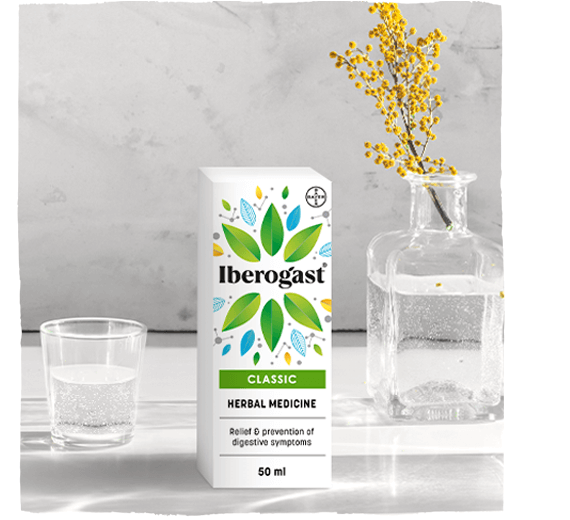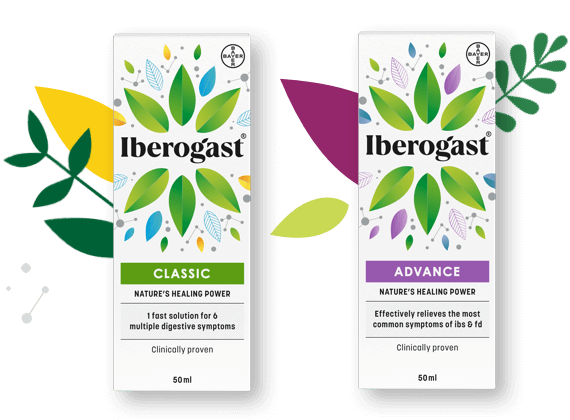Angelica root (Angelicae radix) – angelic powers to combat gastrointestinal problems
According to legend, the Archangel Raphael brought the angelica plant to Earth - hence its name - Angelica archangelica. Even before the Black Plague angelica was thought to be a universal healing and protective plant, some thought that just smelling its flowers will cure disease.
Regarding the herb as a mystical panacea is no longer true today, but it has been proven its effects, especially in the treatment of gastrointestinal discomfort. You can learn how angelica works here.
According to legend, the Archangel Raphael brought the angelica plant to Earth - hence its name - Angelica archangelica. Even before the Black Plague angelica was thought to be a universal healing and protective plant, some thought that just smelling its flowers will cure disease.
In the Middle Ages, angelica was cultivated as a food, especially in the rough Scandinavian climates. Today, it is still highly regarded in some cultures, like the Sami, who still use it as a vegetable, spice and a candy. One reported example includes the use as flavouring for reindeer milk.
Angelica and its extracts showed relaxing effects on the upper part of the stomach and tonicizing effect on slack muscles such as the ones found in the lower was shown to regulate gastric acid production. As a result digestion can be balanced.
In addition, Angelica has an anti-inflammatory effect. Because of the analgesic and blood circulation-promoting properties it was used in folk medicine for muscle soreness and tension. Since angelica can irritate the skin due to its phototoxic properties, any external application should be carried out with caution.
As part of Iberogast® the Angelica root extracts have a balancing effect on stomach problems.
Angelica root is derived from controlled sources of cultivation for pharmaceutical processing. It is grown as a biennial (August in the 1st year to October in the 2nd year) in Europe, particularly in Germany. Cultivating it as a perennial reduces soil erosion and leaching of nutrients in the field. Seedlings are initially produced from August for cultivation and root production. These are mechanically planted in the field from September. To minimize the time spent cleaning the roots later, they are largely grown in fine soil with very few stones. The Angelica plant requires rich nutrients and humus. It requires an abundant supply of water throughout the entire vegetation period which is mostly provided artificially.
Weed control takes place prior to planting using mechanical processes such as a plough, harrow or seedbed combination. During the growth period, the crops must be regularly weeded using machinery or by hand. From July of the second year, the plants cast so much shade over the ground that weeds struggle to grow.
Harvesting typically takes place in October during a dry spell. This provides the best compromise between root yield and essential oils. Prior to harvesting, the leaves of the plant above ground are removed to make it easier to harvest the roots. The roots are mechanically dug out of the ground. While in the field, the roots are then washed in a washing drum and roughly chopped.
Drying takes place using various, gentle drying methods to preserve the quality of the root and ensure a high content of essential oils in the root.
Angelica root: History
In the Middle Ages, angelica was cultivated as a food, especially in the rough Scandinavian climates. Today, it is still highly regarded in some cultures, like the Sami, who still use it as a vegetable, spice and a candy. One reported example includes the use a flavouring for reindeer milk.

The effect of angelica root
Angelica contains in its roots substances that relax and calm the tension in the irritable stomach. Because of its antispasmodic effect the root is used as a remedy for the feeling of fullness and slight flatulence.
As part of Iberogast® the Angelica root can balance the irritable stomach: Its extracts showed relaxing effects on the upper part of the stomach and tonicizing effect on slack muscles such as the ones found in the lower, transporter area of the stomach. Angelica was also shown to regulate gastric acid production. As a result digestion can be balanced.
In addition, angelica has an anti-inflammatory effect. Because of the analgesic and blood circulation-promoting properties it was used in folk medicine for muscle soreness and tension. Since angelica can irritate the skin due to its phototoxic properties, any external application should be carried out with caution.
At a glance: This is how Angelica root works in Iberogast®
The following table shows the different active contributions of Angelica root in Iberogast®:
| Active benefits of angelica root in the frame of irritable stomach | |
| Activation of the musculature in the lower stomach | |
| Relaxation of the musculature in the upper stomach | |
| Anti-inflammatory | |
| Regulation of acid production | |
| Protection of the mucosa |
Legend:
| High impact | |
| Medium impact | |
| Light impact |
The below video is an example only. Please localize the videos in the content packages (can be found on eDAM) and here with your local market Vimeo/YouTube links
This is a sample video only. Please replace with your own local country Vimeo/YouTube videos.
Buy Iberogast® prescription-free from your pharmacy.
Get the power of nature into your home!

Abdel-Aziz, H., O. Kelber, G. Lorkowski and M. Storr “Evaluating the Multitarget Effects of Combinations through Multistep Clustering of Pharmacological Data: the Example of the Commercial Preparation Iberogast.” Planta Med, 2017. 83(14/15): 1130–1140.
Hohenester, B., A. Rühl, O. Kelber and M. Schemann “The herbal preparation STW5 (lberogast) has potent and region-specific effects on gastric motility.” Neurogastroenterol Motil, 2004. 16(6): 765–773.
Pilichiewicz, A. N., M. Horowitz, A. Russo, A. F. Maddox, K. L. Jones, M. Schemann, G. Holtmann and C. Feinle-Bisset “Effects of Iberogast on proximal gastric volume, antropyloroduodenal motility and gastric emptying in healthy men.” Am J Gastroenterol, 2007. 102(6): 1276–1283.
Schemann, M., K. Michel, F. Zeller, B. Hohenester and A. Ruhl “Region-specific effects of STW 5 (Iberogast) and its components in gastric fundus, corpus and antrum.” Phytomedicine, 2006. 13 (Suppl 5): 90–99.
Simmen, U., O. Kelber, S. N. Okpanyi, R. Jaeggi, B. Bueter and D. Weiser “Binding of STW 5 (Iberogast®) and its components to intestinal 5-HT, muscarinic M3, and opioid receptors.” Phytomedicine, 2006. 13: 51–55.
Ammon, H. P., O. Kelber and S. N. Okpanyi “Spasmolytic and tonic effect of Iberogast (STW 5) in intestinal smooth muscle.” Phytomedicine, 2006. 13 (Suppl 5): 67–74.
Angelicae radix, ESCOP monographs 2009.








